If you're considering having your Ushaw Moor home rendered, you might want to know a little more about what options you have, and what the process involves.
One popular and versatile method is traditional sand and cement render, which has been used to good effect for many hundreds of years.
This is just one of the many services that MisterRender offers among our extensive range of rendering options, and you can discover more about this below.
Essentially, renders are special types of plaster that are applied to external walls for aesthetic appeal and to provide protection from the elements. They can broadly be split into three types; mineral, silicon render and acrylic render.
Building materials such as bricks, concrete blocks and stone are porous, allowing moisture to seep into the structure which causes damp and mould. Wet rot, dry rot, rising damp and penetrating damp can result in serious damage to your property.
Damp can affect plaster, stone and brickwork, but is typically much worse when it attacks wood. It can remain undetected within walls for months or years, by which time the structure can become unstable.
Also, buildings expand and contract due to the changing temperatures, which leads to cracks in the wall surface. Moisture in these cracks will freeze during the winter months, forcing them even wider. Rendering over the walls will drastically reduce the risk of these incidents.
Modern developments have improved traditional renders and increased the variety, although the procedure for applying them remains basically the same. Although it is possible to do this yourself, it requires skill and experience to achieve perfect results. That's where MisterRender can help, as our specialist plasterers are proficient in all areas of the rendering process.
As the name implies, it's a mixture of sand and cement. Of course, it needs water to turn it into a mortar that will stick to walls, and most sand and cement renders will also include hydrated lime.
Lime makes the mortar mix creamy and workable and strengthens it as the render dries. It also naturally fills any hairline cracks and adds flexibility, reducing the chance of the render cracking as the structure moves.
A waterproofing agent can be added, which not only improves the protective quality but it also extends the drying time of the render mix, which is ideal when covering large areas.
A sand and cement render typically uses a ratio of six parts sand, one part cement and one part hydrated lime. Plastering sand is used rather than building sand, as the latter will cause the mixture to shrink and crack. However, a small amount of building sand can be added for texture.
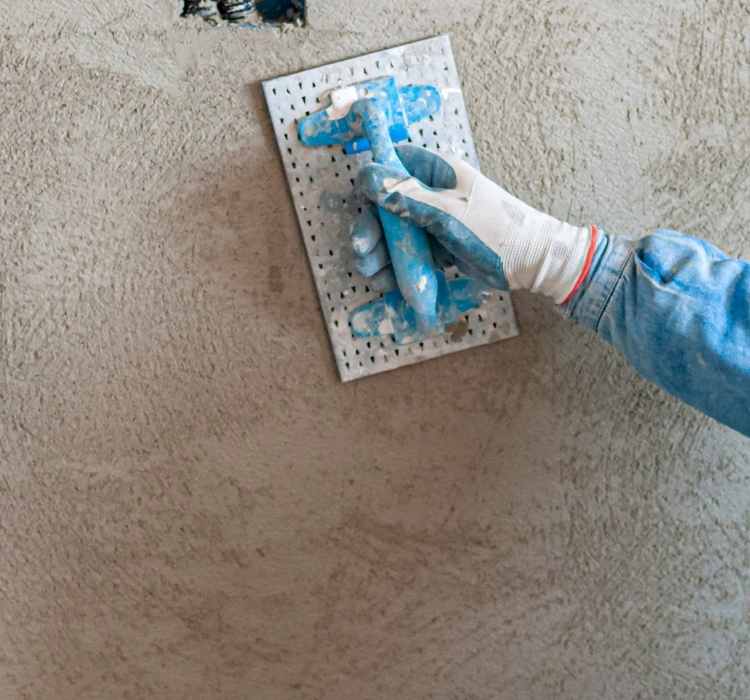
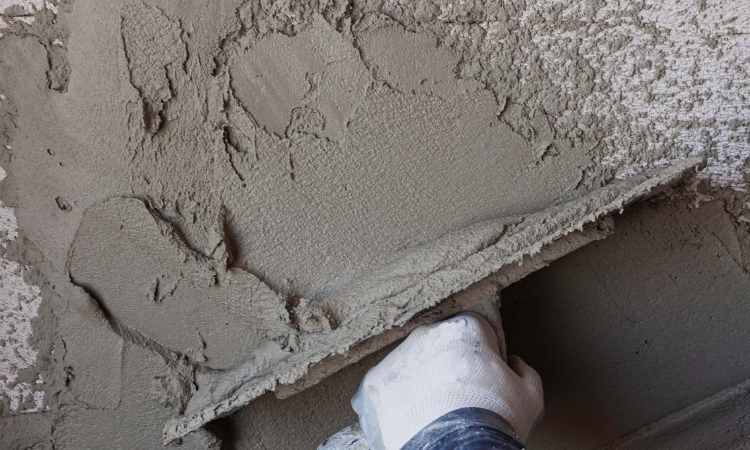
Basically, it can be used on brick, stone, concrete or even mud brick!
Even when it doesn't form the visible surface, it is frequently used as a base coat for more modern render system, such as thin coat renders.
These are used to add a beautiful decorative finish and are available ready mixed in a wide variety of colours.
It's usually a two or three-stage process that can take several days, depending on the size of the property and the weather conditions.
Your MisterRender specialist will check the walls for soundness before going ahead.
The wall surface is then cleaned to get rid of dirt, moss, paint, mould, grease, etc. before being brushed down to remove dust and debris and then washed with a hose or pressure washer on a low setting.
Any old render that's become loose will be removed, and any cracks or broken bricks or stones and loose mortar must be repaired to provide a fairly level area for applying render. It's important that these issues are fixed now as they can cause the render to fail in the future.
Small cracks can be filled using levelling mortar, while bigger cracks and gaps are usually covered with metal mesh.
It's essential to get the 'recipe' right! You can trust your MisterRender professional plasterer to create the best mix. They will use cement render sand (not building sand) for each coat and may use coarse sand for the first coat and finer sand for the top coat to provide a smooth finish.
The components are combined in a cement mixer to ensure the render mix is perfect and ready for application.
The first layer is applied in a thin coat using a trowel and smoothed out using a straight edge. This forms the base coat on which the top layer will sit, so it has to be installed correctly.
It is also called a scratch coat render as the plasterer scratches the wet surface with a rendering comb to help the next coat to adhere better. Most professional plasterers strongly advise that the base layer is scratched, as the grooves give something for the next layer to grip onto. Without this, there is a chance that the final coat will slip as it dries.
This layer is left to 'cure' for at least 24 hours, although in humid conditions the plasterer may need to wait for around two days before proceeding.
The surface is usually lightly sprayed with water to help the top coat to stick, and the new mix is made up to be weaker than the scratch coat.
It is troweled on and smoothed down using a plasterer's float, or you can choose to have a different finish. If you prefer textured walls, coarse sand can be added to the top coat mix, or the plasterer may use different tools to create a range of effects.
For example, sponges or hessian bags can be used to make stipples or unique patterns. It may be necessary to apply a finishing wash to achieve this, which is effectively another very thin coat of render.
Although the process seems straightforward, rendering work can be time-consuming, tiring, frustrating and difficult. You need to consider many different aspects before going ahead, such as the age of the property, the state of the walls, the best mix for the project, and the weather. Thankfully, MisterRender only employs and trains competent, skilled, and knowledgeable rendering specialists who take all these factors into consideration to deliver exceptional results for every project.
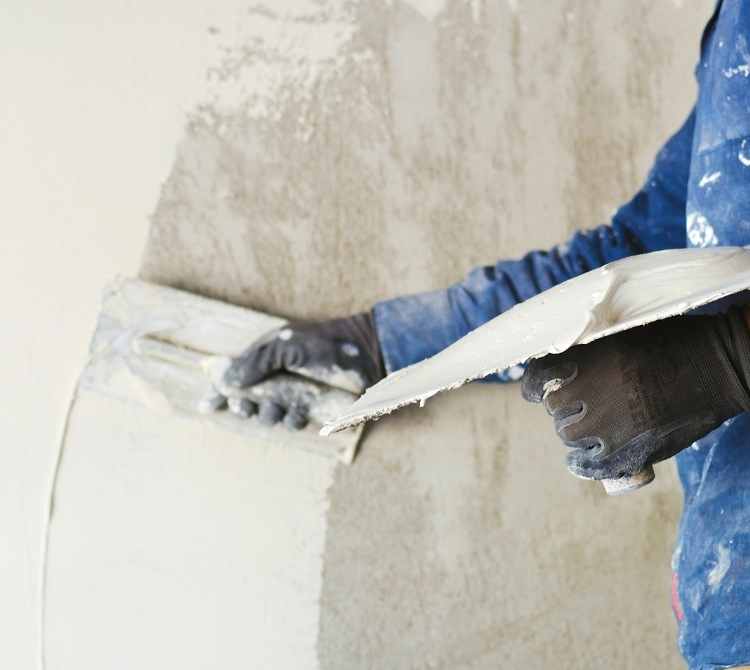
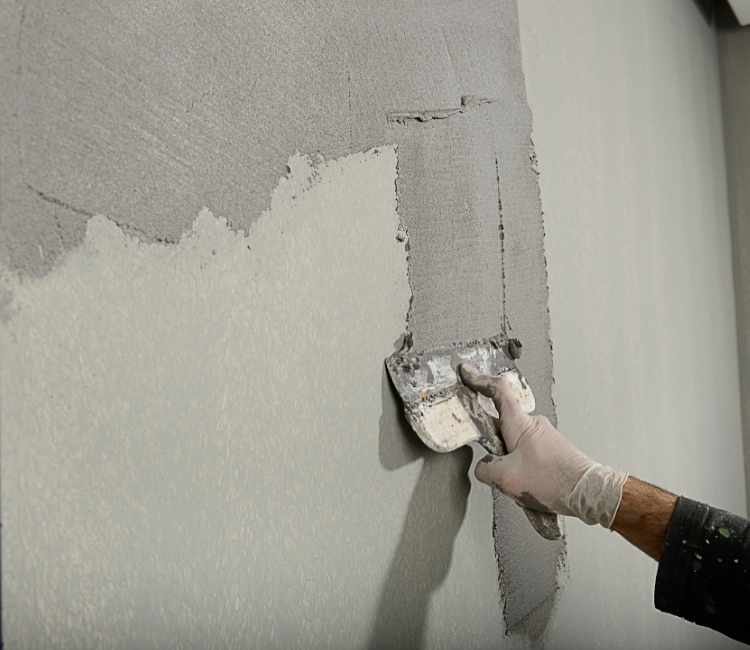
Although it was widely used in the past, traditional sand and cement render needed regular repair and maintenance to keep it in good condition. However, some very old buildings in the UK still have their original render, which proves that it can last for many years.
These days, professional rendering companies use a variety of methods to improve the lifespan of their renders. For example, they may add a polymer plasticiser to the mixture (in place of lime) to make it smoother and add strength as the particles stick together more easily. In addition, a metal mesh can be fixed to the walls to strengthen the base layer which should help the render to last longer.
They will also usually apply a masonry sealant to the rendered surface, or recommend that you use a good-quality paint for your exterior walls.
To keep the render fresh and extend its lifespan, it's highly recommended that you repaint it once in a while. A professionally installed sand and cement render that is properly maintained should last between ten and fifteen years.
Every render system has its pros and maybe even a few cons to consider. But, overall, they are a great investment - if they are installed professionally and looked after.
Here are some of the advantages of a sand and cement render:
The materials are readily available and reasonably inexpensive. Of course, the actual cost will vary depending on the size of the project, the number of coats required and any special requirements (such as textured or coloured render).
Any type of render is a great way of giving your property a makeover. It may be that your walls look old or damaged. Applying a render will immediately transform your walls, improving kerb appeal and potentially adding value to your home.
In the event that an area is damaged, it can generally be patched up without too much fuss or expense.
Most modern render systems are difficult to patch as the coloured render mix can't be matched exactly to the original. Rather than having an odd patch where the render is a different shade, most homeowners opt to have the entire wall re-rendered, which incurs more expense.
A sand and cement render can be used as a base (as mentioned above) that allows you to choose from a selection of finishes, like Tyrolean or pebble dash, where stones are used to add texture. If you want a coloured render, make sure you specify this when discussing your project.
Plastering sand, cement and lime are, fundamentally, natural materials, whereas acrylic render lacks any green credentials.
Acrylic resin is a synthetic petroleum-based material that is not biodegradable. This may put some homeowners off the idea of using acrylic renders as many people are trying to reduce their impact on the planet.
Ideally, renders should be breathable, allowing moisture to be released from the structure. Without this ability, moisture will become trapped between the render and the wall surface, causing damp and mould problems. Although sand and cement render is fairly breathable already, the addition of lime makes the render mix self-curing, helping moisture to evaporate.
In comparison, some modern acrylic renders are not considered breathable.
This is precisely why it is vital to discover a suitable solution for your home! The experts at MisterRender are happy to discuss your options with you to find the right one.
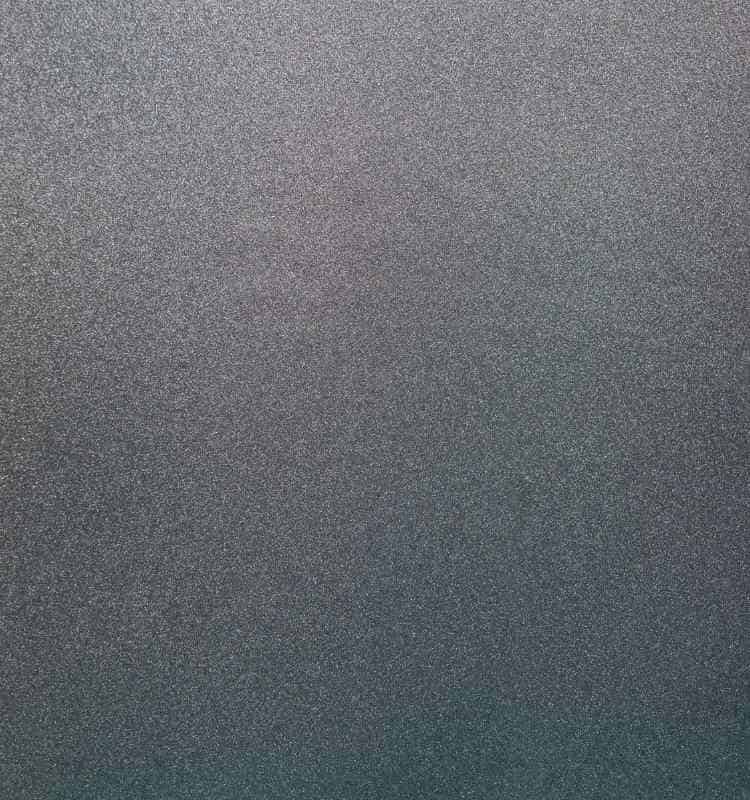
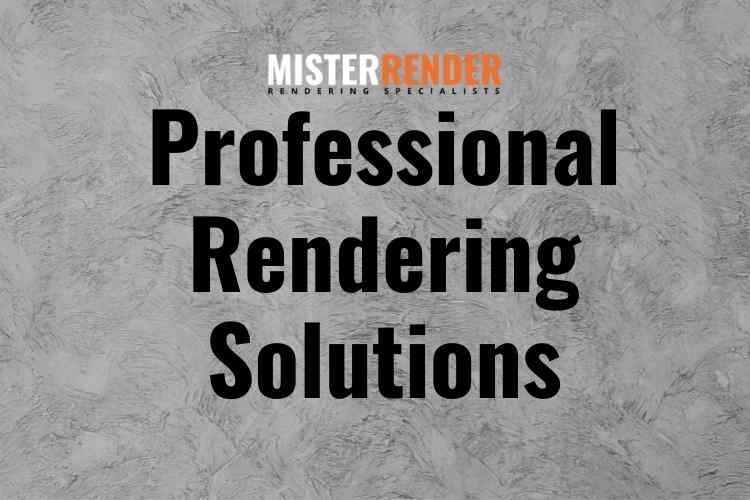
At MisterRender we understand that you want the best for your money, which is why we offer cost-effective professional rendering services that suit your budget.
We believe that each case is unique; there is no one-size-fits-all solution. All of our customers in Ushaw Moor have different needs, personal tastes, budgets, and requirements, and will discuss these with you to find the right outcome. One of the main factors is the age of your property and the state of the walls, and this needs to be taken into account when selecting the correct render.
If you need additional information or wish to talk about our options or get a no-obligation quote, then contact our Ushaw Moor team without delay.

Most renders are composed of sand, water, cement, and lime. The usual proportions for this mix are 6 parts sand, 1 part cement, and 1 part lime (6:1:1). There is no specific type of cement that should be used; any type will suffice.
Sand and cement render may only last a few years because it has no give and as the building expands and contracts with temperature it can cause movement.
If the water evaporates from the material too rapidly, the render does not have enough time to adhere correctly, and the surface colour can appear uneven and discoloured. A render that has dried out too quickly is a dehydrated, fragile surface, and cracking is unavoidable.
Then you can apply a particular modified sand and cement render that prevents moisture and salts from passing through. This procedure protects your new surface and finishes both during and after drying.